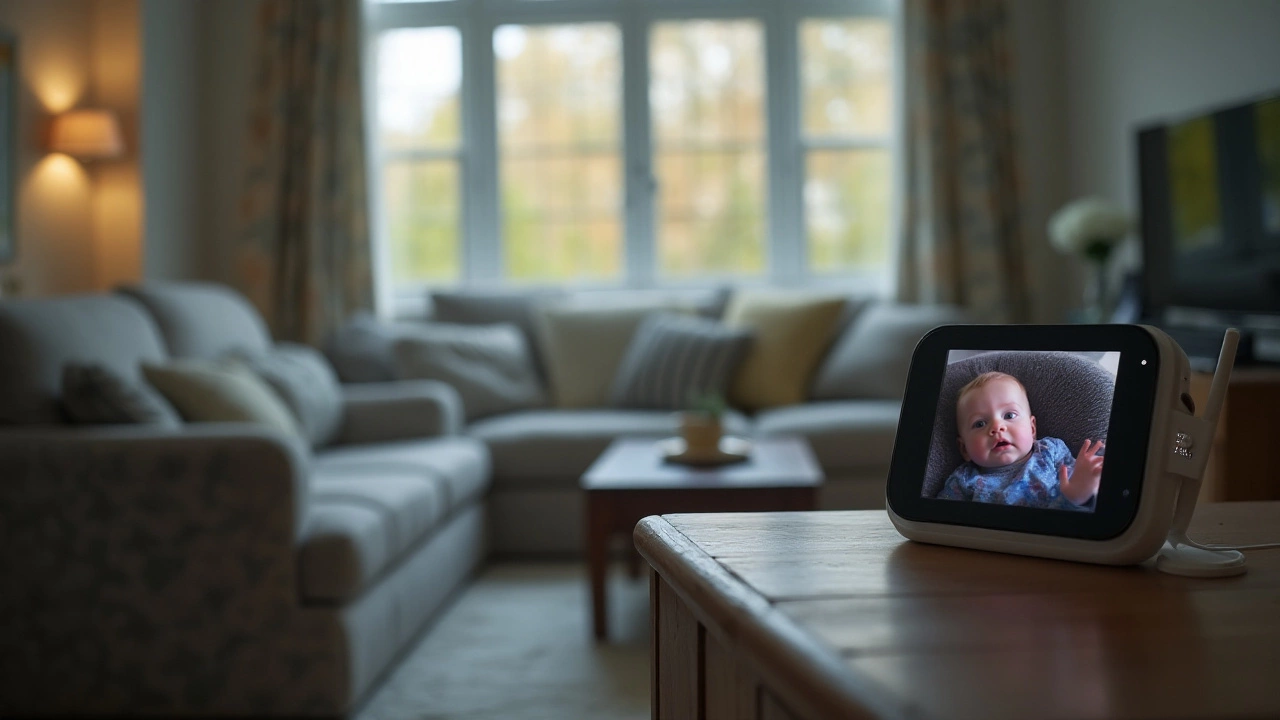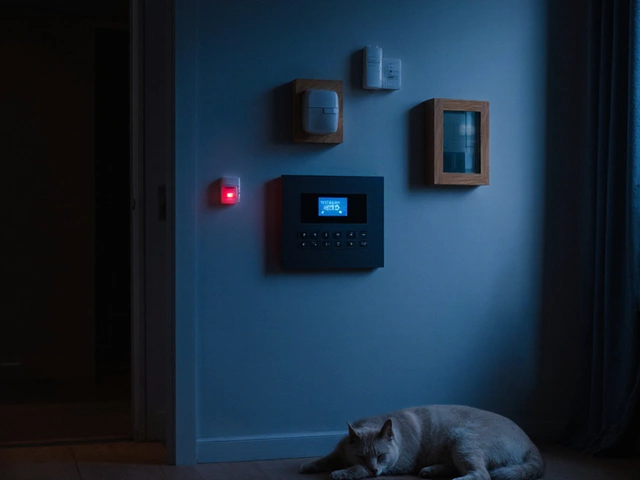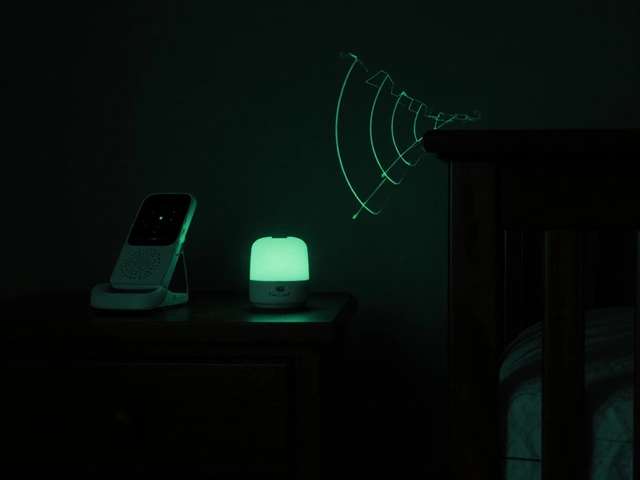Hackers and Your Home Security: Real Risks and Simple Fixes
Smart locks, video doorbells, Wi‑Fi cameras – they make life easier, but they also give hackers new ways into your house. If you’ve ever wondered whether your Ring doorbell or baby monitor could be listening to you, you’re not alone. Most breaches happen because owners skip basic security steps, not because the devices are broken by design.
In the UK, reports have shown a rise in remote attacks on home surveillance gear. Hackers scan public Wi‑Fi networks for default passwords, outdated firmware, or open ports, then jump in to watch live feeds or even change settings. The danger isn’t just privacy – a compromised alarm system can be silenced, leaving you blind to a real break‑in.
Common Ways Hackers Break Into Smart Home Gear
1. Default credentials. Many devices ship with "admin/admin" or similar logins. If you never change them, a bot can log in within minutes.
2. Out‑of‑date software. Manufacturers release patches for known vulnerabilities, but users often ignore update notifications. An old Ring firmware can let a hacker replay video or disable motion alerts.
3. Unsecured Wi‑Fi. Open or weakly encrypted home networks act like an open door. When a camera and a laptop share the same network, a breach on the laptop can spread to the camera.
4. Third‑party apps. Some people install unofficial apps to add features. Those apps may contain hidden backdoors that hand over control to strangers.
5. Cloud service leaks. If the service hosting your video feed gets hacked, the attacker can view recordings without ever touching your hardware.
Easy Steps to Keep Hackers Out
Start with a strong, unique password for every device. Use a mix of letters, numbers, and symbols – and store it in a password manager so you don’t have to remember each one.
Enable two‑factor authentication (2FA) wherever it’s offered. Even if a password is compromised, the extra verification step stops most automated attacks.
Set up a separate guest Wi‑Fi network for all smart devices. This isolates them from your main laptops and phones, limiting the damage if a device is breached.
Check for firmware updates at least once a month. Most manufacturers push updates automatically, but you still need to confirm the device has installed the latest version.
Turn off features you don’t use, like remote access or cloud storage, if you’re comfortable storing footage locally. Less exposure equals fewer chances for a hacker to poke around.
Finally, keep an eye on account activity. Many apps send alerts for new logins or unusual behavior – treat those messages like a fire alarm and act quickly.
By taking these steps, you make hacking attempts much harder and protect the peace of mind that comes with a truly secure home. Your smart devices should work for you, not against you.




